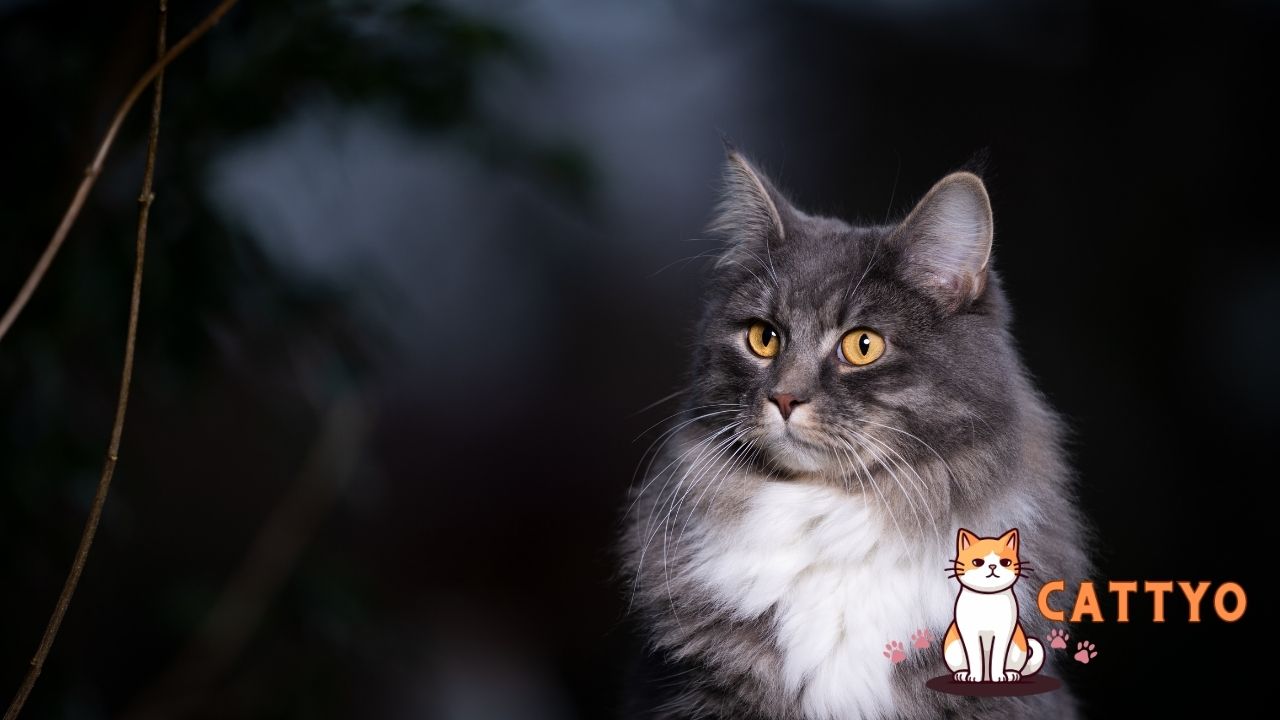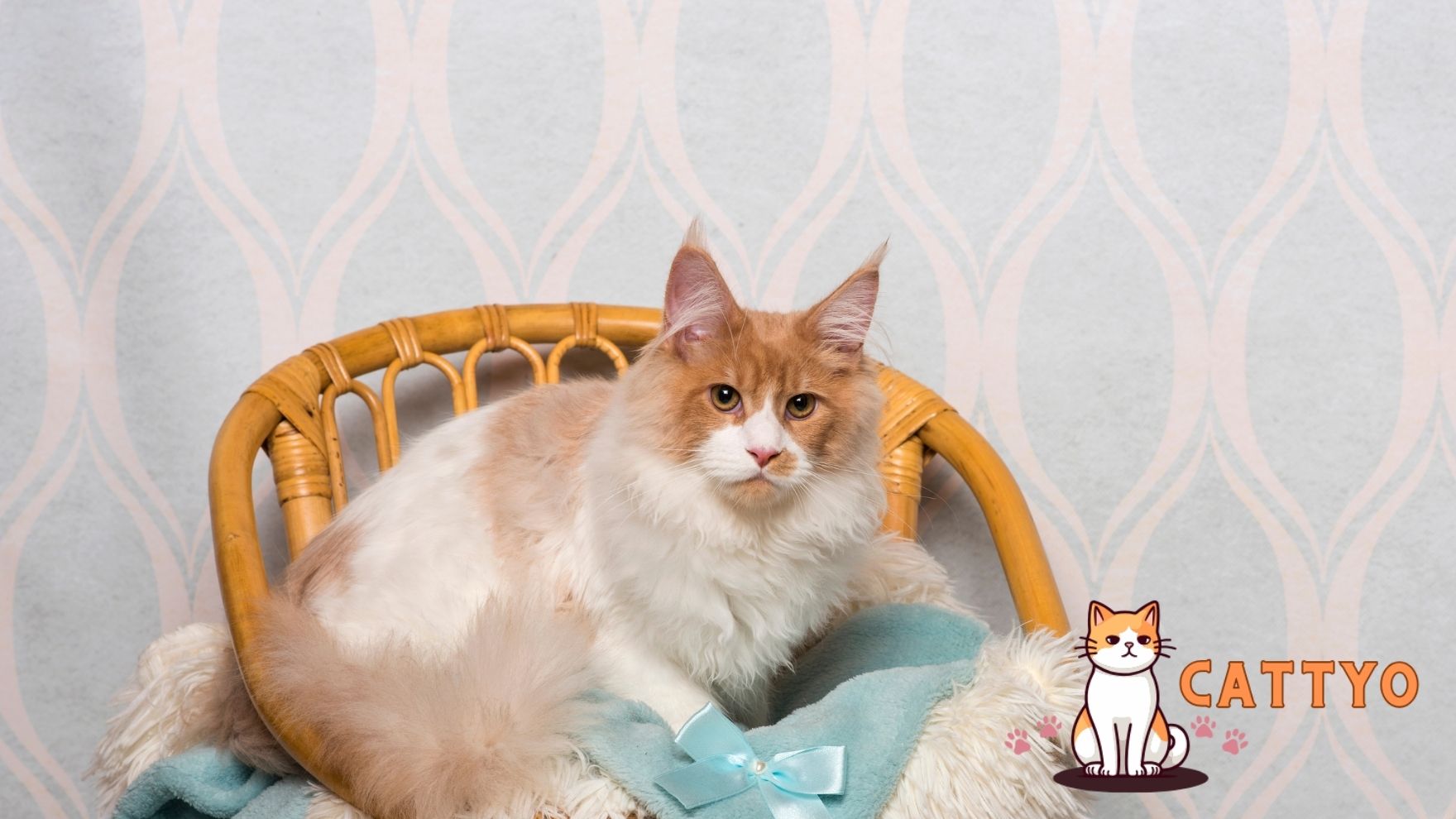Cats are small, carnivorous pets. They have sharp claws and keen senses. Cats communicate with meows and body language. They eat mostly meat and live 12-16 years. Cats are independent but can bond with humans.
Ah, cats. Those mysterious little creatures that seem to have it all figured out—until they knock your coffee mug off the table. If you’re a cat owner, you probably know the feeling: one moment, they’re purring peacefully in your lap; the next, they’re sprinting around the house like a tiny furry tornado. But, if you’re new to the world of cats, you might be wondering: what exactly makes them tick?
Let’s start with the basics, shall we? From their quirky habits to their secretive nature, here’s everything you need to know about our feline friends.
What Are the Basic Facts About Cats?
- Cats are small, carnivorous mammals.
- Domesticated around 9,000 years ago.
- They have retractable claws and sharp teeth.
- Cats are known for their agility and keen senses.
- Communication includes meowing, purring, and body language.
- They are obligate carnivores (mostly meat eaters).
- Average lifespan: 12-16 years.
- Cats are independent but can bond with humans.
- Common pets due to their low maintenance.
1. Cats Are Ancient Animals
Cats have been living alongside humans for thousands of years. They were domesticated around 9,000 years ago in the Near East. But here’s the thing: even though they’ve been around for ages, they still haven’t completely given up on their wild instincts. A cat is like the ultimate balance of domestication and wildness. They might live in your cozy apartment, but deep down, they’re still descendants of fierce hunters.
Ever noticed how your cat watches birds or squirrels with laser focus? That’s not just cute behavior—it’s a throwback to their days as hunters.
2. Cats Have a Language All Their Own
Okay, so here’s where it gets interesting. You might think cats just meow to communicate. But nope, not really. Cats don’t actually “meow” at each other. The meowing? That’s for you. They’ve learned that this sound gets your attention, and they’re pretty good at using it to get what they want—whether it’s food, a scratch behind the ears, or just your undivided attention.
And speaking of attention, have you ever been given a cat’s “slow blink”? If your cat looks at you and then closes their eyes slowly, consider it a huge compliment. In cat language, it’s a sign of trust. So, next time you’re hanging out with your kitty, return the slow blink. It’s like a secret handshake.
3. Cats Can Be Independent (But They Still Need You)
One of the best things about cats is their independence. They don’t need constant attention like some dogs do (though that doesn’t mean they won’t demand it occasionally). This can make them the perfect pet for people who have busy lives. But don’t let their “I’m fine on my own” attitude fool you—cats still need love and care.
And yes, if you’re the type who wants a pet that doesn’t mind being alone for a while, a cat might just be your ideal companion. They’re perfectly happy chilling on the windowsill, watching the world go by, or taking a cat nap (which, let’s be real, they do a lot).
4. Cats Are Neat Freaks
If there’s one thing cats are known for, it’s their cleanliness. They spend a significant portion of their day grooming themselves, making sure their fur is always spotless. In fact, a cat’s tongue is covered in tiny, hook-shaped structures that help them clean every inch of their body. It’s like having a built-in bath for your cat!
But don’t think they’re just vain—grooming is also about comfort and health. Cats are fastidious groomers because it helps regulate their body temperature and keeps parasites at bay.
5. Cats Have Whiskers for More Than Just Cuteness
Those long, twitchy whiskers? They’re not just adorable. Cats use their whiskers to measure the width of openings and gauge whether they can fit through a space. So, next time your cat squeezes into a box or a small gap, you’ll know that whiskers are doing some serious work!
6. Cats Sleep a Lot… Like, A LOT
Cats are known for being professional sleepers. They can sleep anywhere from 12 to 16 hours a day, and it’s not because they’re lazy. Cats are crepuscular, meaning they are most active during the early morning and evening hours—dawn and dusk. Those long naps are part of their natural rhythm.
Fun fact: A cat’s sleep cycle is divided into REM (rapid eye movement) and non-REM stages, just like ours. So when your cat twitches in their sleep, they’re probably dreaming—maybe of chasing that elusive red dot?
7. They Have a Thing for Boxes
Ever wondered why your cat insists on crawling into a box that’s way too small for them? It’s not just because they’re being cute—it’s because cats love small spaces. Boxes give them a sense of security and safety, which is why they’ll curl up in them as soon as they spot one.
So, if you’re ever wondering why your cat is spending hours in a box while ignoring that luxurious cat bed you bought, it’s just their nature at work.
FAQ About Cats
Q: Why do cats knead on soft surfaces?
A: Kneading, that adorable “massaging” behavior, is something kittens do to stimulate their mother’s milk flow. Adult cats continue to knead as a comforting, soothing action. It’s a sign that they feel safe and secure.
Q: Why does my cat suddenly zoom around the house?
A: Cats are known for their bursts of energy, often referred to as the “zoomies.” It’s totally normal and can happen at any time, especially after they wake up from a nap. It’s a way for them to release pent-up energy—so don’t worry, they’re just being… well, cats!
Q: Can cats recognize their owners’ voices?
A: Absolutely! While cats don’t always respond to you like dogs do, they can recognize your voice. They may just choose to ignore you—because, let’s face it, cats like to do their own thing.
Final Words
Cats are fascinating creatures with their unique blend of independence, playfulness, and, let’s not forget, a touch of mystery. Whether they’re curling up in your lap or silently judging you from the windowsill, cats bring a special kind of joy to our lives.
So, next time your cat does something weird—like staring into space for ten minutes straight or knocking over your favorite plant—just remember: it’s all part of their charm.





